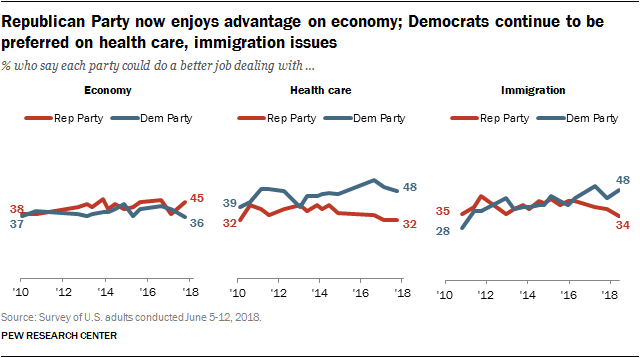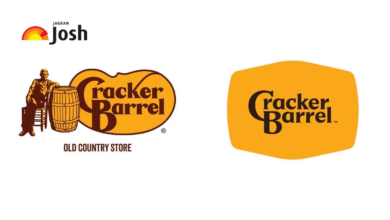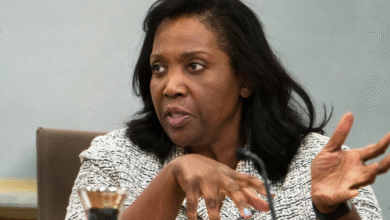Republican Party Financial Advantage in Midterm Elections

The Republican Party financial advantage has emerged as a defining factor in shaping the political landscape as the midterm elections approach. With the Republican National Committee (RNC) boasting $72 million in cash reserves compared to a mere $15 million held by the Democratic National Committee (DNC), the financial divide indicates a clear disparity in fundraising prowess. This gap, the largest seen in recent years, not only enables Republicans to fortify their campaign infrastructure but also amplifies the DNC’s fundraising challenges amidst internal strife. As Democratic leaders scramble to address the fallout from the 2024 election, strategists emphasize the critical need for a revamped Democratic Party fundraising strategy to counter this escalating Republican dominance. Hence, with the stakes higher than ever, the Republican Party’s financial advantage plays a pivotal role in determining the direction of upcoming electoral battles.
The financial lead held by the GOP reflects a broader trend in political fundraising dynamics, particularly during critical electoral cycles. As the landscape shifts, the Republican Party’s monetary strength enables it to establish a formidable campaign framework versus the struggling Democratic organization. The significant funding disparity, viewed through the lens of midterm elections funding, underscores the urgent DNC fundraising challenges they face amid growing internal discord. This environment necessitates a reassessment of the Democratic Party’s financial strategy if they wish to remain competitive in future elections. In this context, the Republican National Committee’s donations, bolstered by billionaire support, highlight the pressing need for the DNC to mobilize its resources effectively to bridge the widening financial gap.
The Financial Landscape of the Midterm Elections
As we approach the midterm elections, the Republican Party’s financial advantage is a pivotal factor that could shape the outcome of many races. With the Republican National Committee (RNC) reporting an impressive $72 million in cash reserves, they have positioned themselves significantly ahead of the Democratic National Committee (DNC), which stands at only $15 million. This disparity not only provides Republicans with ample resources to invest in campaign infrastructure and outreach but also allows them to deploy strategic advertising healthier than their Democratic counterparts. In a political arena where funding is directly correlated to visibility and voter engagement, this financial lead could be a game-changer leading into November.
Conversely, the DNC’s financial hurdles are compounded by internal struggles as they attempt to gather momentum in a funding landscape where their Republican rivals are not just financially robust, but seemingly thriving. The DNC’s recent efforts to boost grassroots fundraising have yielded $40 million in individual donations since the leadership of Ken Martin, showing promise and potential for recovery. However, the concern remains whether this grassroots success can match the substantial financial backing enjoyed by the RNC. With the stark reality of such financial divides, the prospect of reclaiming competitive parity before the midterm elections appears daunting.
Frequently Asked Questions
How does the Republican Party financial advantage impact midterm elections funding?
The Republican Party’s financial advantage significantly influences midterm elections funding by enabling the Republican National Committee (RNC) to allocate resources effectively for campaign infrastructure. With $72 million in cash, nearly five times that of the Democratic National Committee (DNC), the RNC can invest heavily in outreach, advertisements, and candidate support, thus providing a substantial edge over its rivals.
What are the current DNC fundraising challenges compared to the Republican Party’s financial advantage?
The DNC faces considerable fundraising challenges, especially when compared to the Republican Party’s financial advantage. Internal conflicts and resignations within the DNC leadership have hampered its ability to raise funds, leaving it with only $15 million in cash against the RNC’s $72 million. This stark financial divide complicates the DNC’s efforts to remain competitive in the midterm elections.
Why is the Republican National Committee’s donations crucial for the 2024 election financial divide?
The Republican National Committee’s donations are crucial for maintaining the financial divide heading into the 2024 elections. With a substantial war chest of $72 million, the RNC can leverage these funds to bolster candidates and campaigns, thereby influencing voter turnout and engagement, which are vital for securing election victories.
How do Democratic Party fundraising strategies need to adapt in light of the Republican Party’s financial advantage?
In light of the Republican Party’s financial advantage, Democratic Party fundraising strategies must adapt by focusing on enhancing grassroots efforts and rebuilding party unity. With a recent uptick in individual donations, the DNC should capitalize on this momentum and find innovative ways to engage donors to close the financial gap with the RNC.
What role does Trump play in the Republican Party financial advantage as we approach midterm elections?
Trump plays a pivotal role in the Republican Party’s financial advantage through his continued support for Republican candidates via various PACs. His ability to attract substantial donations from billionaires like Elon Musk further solidifies the RNC’s position, reinforcing its financial superiority and complicating the DNC’s ability to catch up.
| Key Points |
|---|
| The Republican Party has a significant financial advantage over the Democratic Party for the midterm elections, with $72 million in cash compared to the DNC’s $15 million. |
| This financial gap of $57 million is the largest between the two parties in years, enabling Republicans to establish a robust campaign infrastructure. |
| The DNC faces internal conflicts and leadership resignations, which impact their fundraising efforts. |
| Despite challenges, the DNC has seen a rise in grassroots fundraising, totaling $40 million in individual donations recently, signaling potential recovery. |
| Strategists believe Democrats could gain momentum against perceived overreaches by Trump, but leadership changes may be necessary for recovery before the 2028 elections. |
| Republicans benefit from large donations, including significant contributions from Elon Musk, which bolster their fundraising efforts. |
| Ongoing support from Trump through his PACs could further enhance the RNC’s financial edge and complicate the DNC’s recovery efforts. |
Summary
The Republican Party Financial Advantage is evident as they prepare for the midterm elections with a robust cash reserve of $72 million, greatly overshadowing the Democrats’ $15 million. This predominant fundraising scenario stems not only from effective contributions but also from the internal struggles the DNC is currently facing. While there are glimpses of hope for the Democrats through increased grassroots donations, substantial shifts in their leadership will be critical to diminishing this financial gap. Moving forward, understanding and leveraging the dynamics of these financial advantages will be crucial for both parties.




